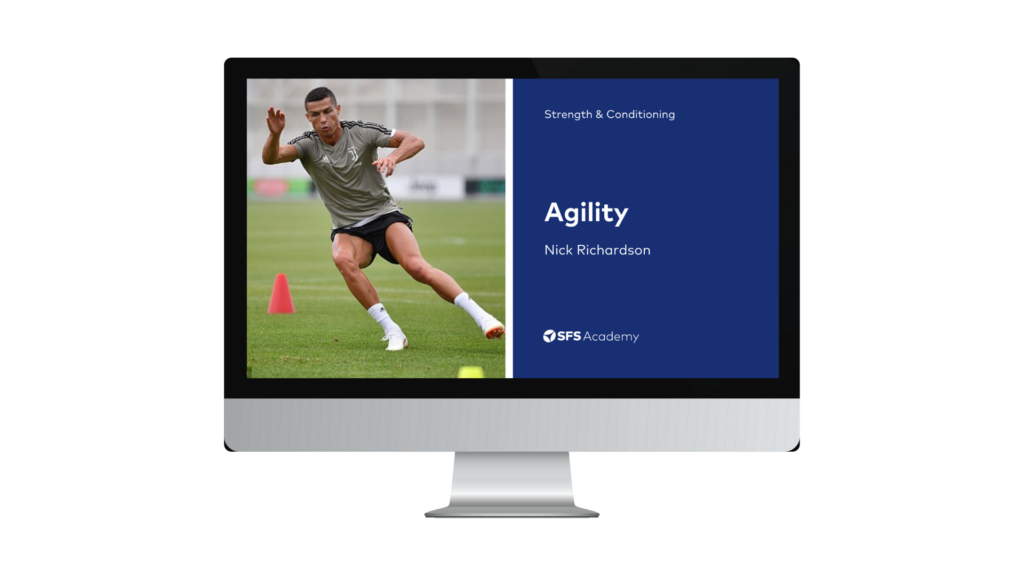This week in the world of sports science, here’s what happened…
- Nordic Curls vs RDLs
- Half-kneeling starts: a fantastic acceleration drill!
- New research addresses the side effects of creatine
Nordic Curls vs RDLs
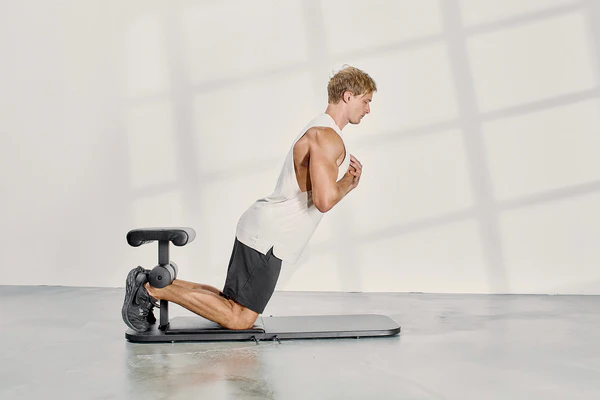

A recent study presented an intriguing comparison between knee flexor bias and hip hinge bias resistance training specifically for youth football players. Participants were divided into three groups: a hip hinge group that performed the Romanian Deadlift (RDL) exercise, a knee flexor group that performed Nordic Curls, and a control group. Additionally, all players integrated high-speed running into their training regimen.
The findings indicated that the combination of resistance training and high-speed running effectively enhanced athletic performance. Notably, adaptations in jump and sprint performance were superior in the knee flexor resistance training group. These findings suggest that the integration of Nordic Curls with high-speed running may prove to be more advantageous than the combination of RDLs with high-speed running for youth football players.
Do you favour Nordic Curls or RDLs? We would love to hear your opinions!
Half-kneeling starts: a fantastic acceleration drill!
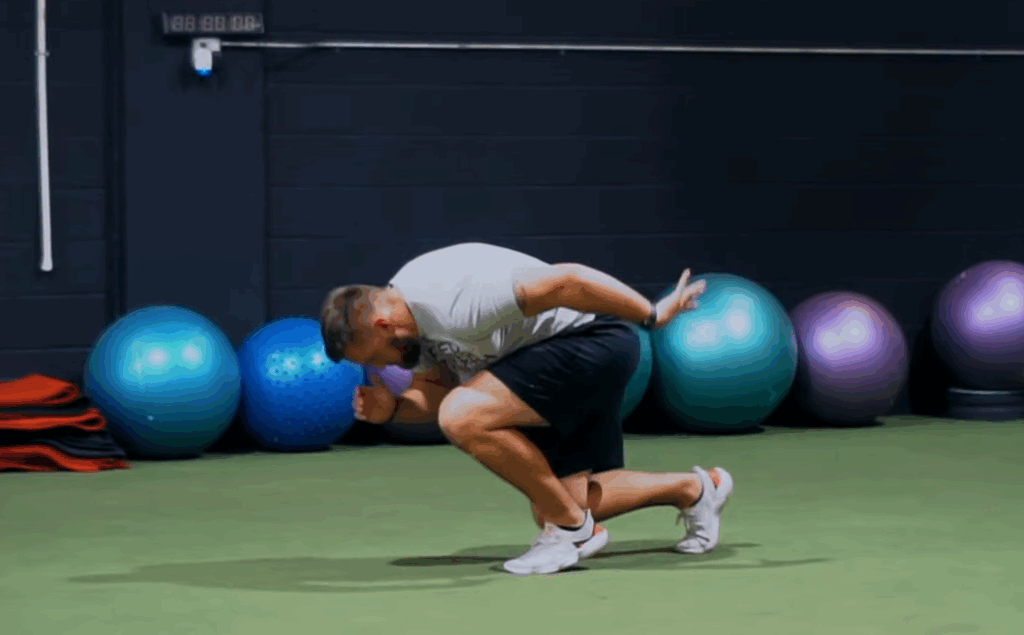
Half-kneeling starts are an excellent drill for improving acceleration, but the subtle yet crucial setup details can often be overlooked. Recently, Chris Barnard shared an incredibly informative YouTube short that’s definitely worth a watch!
In the video, Barnard explains and demonstrates the proper starting position for half-kneeling starts. He emphasises the significance of a positive shin angle, having your chest over your thigh, keeping your eyes looking down, and positioning your hands “cheek to cheek.” He drives home the idea of intent using the analogy of “coming out of a cannon” from the half-kneeling position.
This drill is a fantastic addition for developing acceleration and should be included in your speed training. Just be sure to check out Barnard’s video to make sure you’re setting it up correctly to get the most benefit from this drill!
New research addresses the side effects of creatine
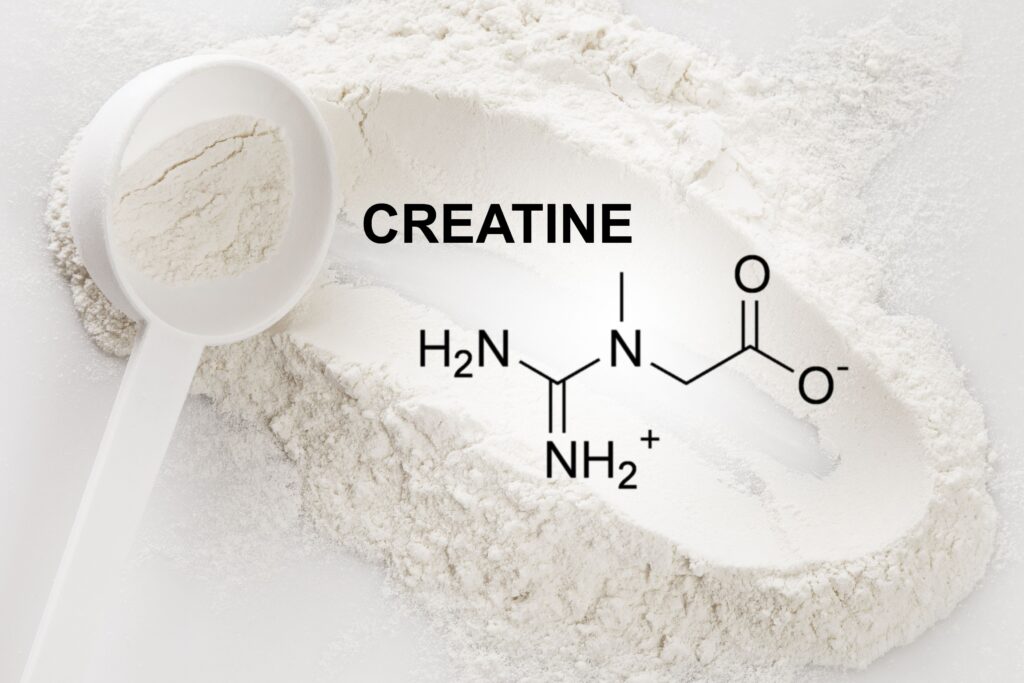
Research on creatine has exploded recently. Earlier this year, we featured a position statement (here) from the Journal of the International Society of Sports Nutrition addressing prevalent misconceptions regarding creatine. Nonetheless, anecdotal reports regarding the potential side effects of creatine supplementation continue to circulate.
A recent study provided valuable insights into the research surrounding the side effects associated with creatine supplementation. This study analysed data from nearly 13,000 participants across approximately 700 studies. The researchers identified 35 potential side effects. When comparing creatine supplementation to a placebo, the results indicated that creatine did not elevate the risk of 33 of these 35 side effects. Gastrointestinal complications and muscle cramping emerged as the only two side effects for which creatine demonstrated an increased risk compared to the placebo; however, this increase was not even statistically significant.
These findings underscore that creatine supplementation does not significantly increase the risk of 35 potential side effects compared to a placebo, affirming that creatine supplementation is generally safe. Consequently, claims regarding an increased risk of side effects appear to be unfounded.
If you’d like to learn more about creatine supplementation, be sure to explore our excellent course: Creatine.
From us this week:
>> New course: Anaerobic Conditioning
>> New podcast: Sports Science at the Intersection of Youth and Professional Football with Luke Harris
>> New infographic: Pre-Season Conditioning
>> New article: Hydrotherapy
Access to a growing library of sports science courses
SFS Academy is an all-access membership to premium sports science education.
With SFS Academy, you’ll learn from some of the best coaches around the world as they teach you how to apply the latest research and practice with your athletes.
